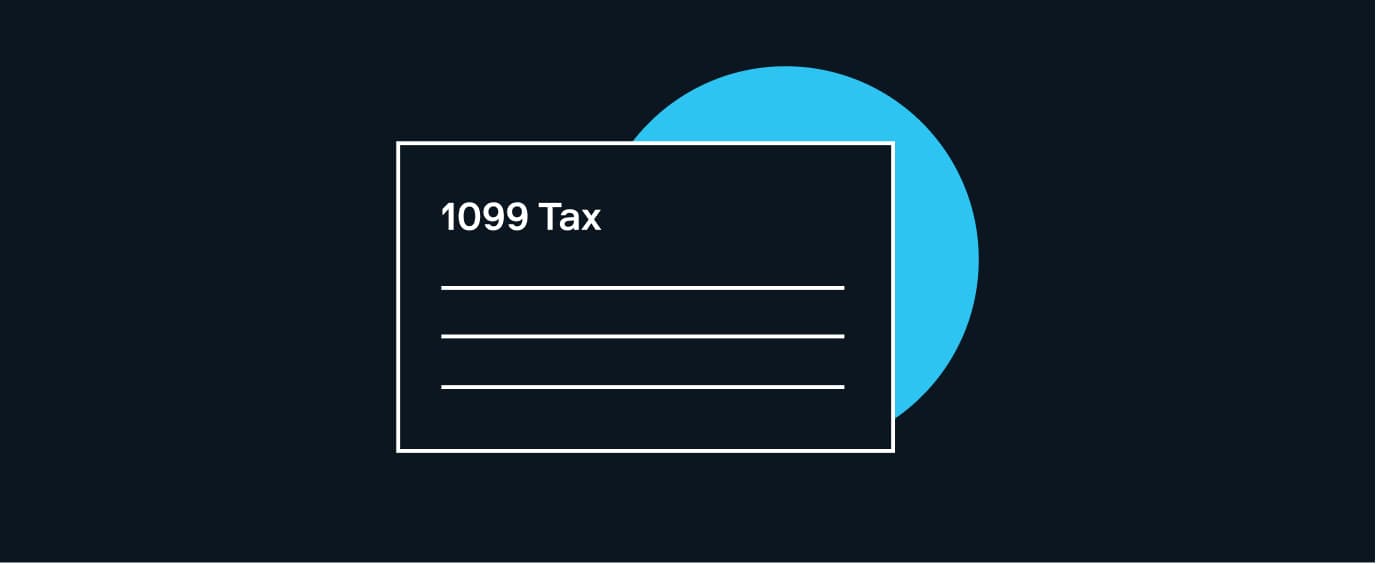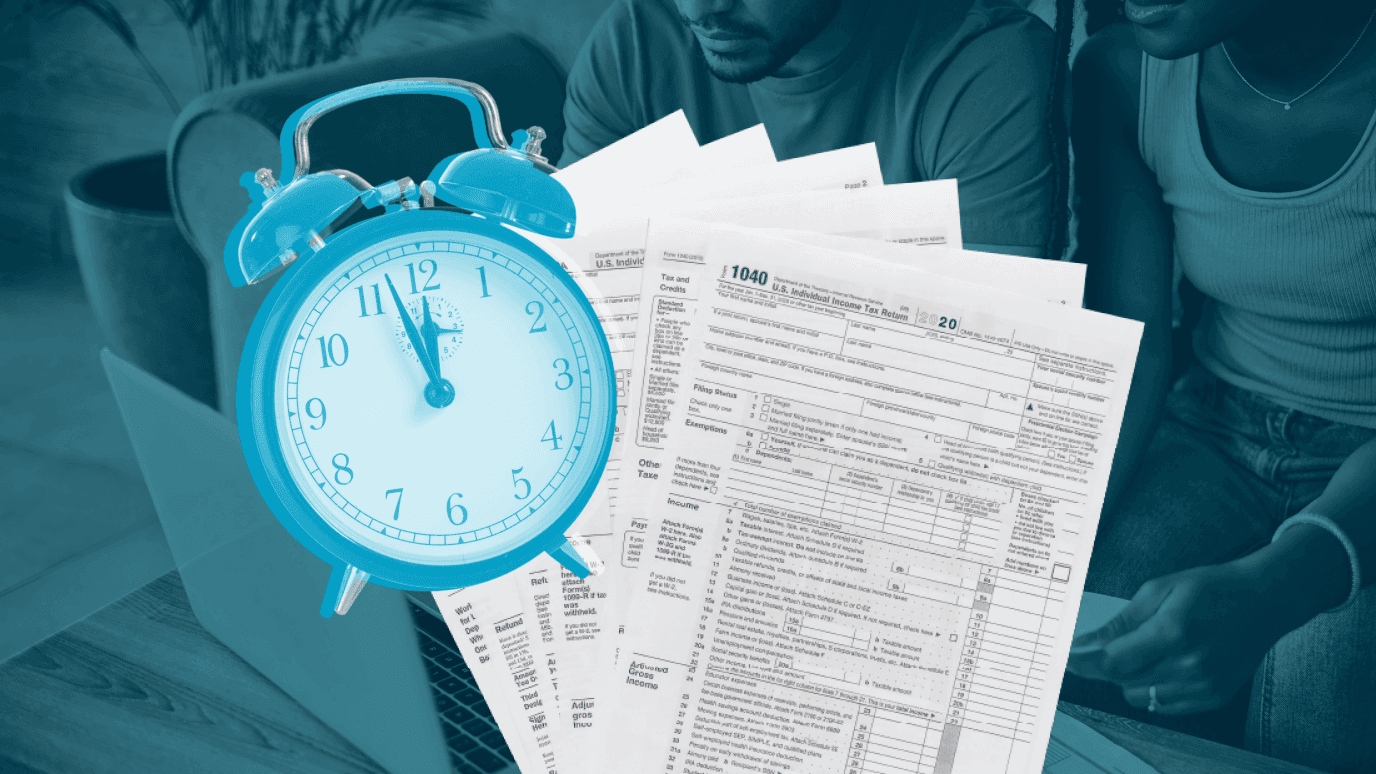Apr 07, 2021
Yes, You Have to Pay Taxes on Your Side Gig
Know which forms to file, and when to pay estimated taxes

More people than ever before are working side gigs, with nearly half of all Americans taking on an additional job to supplement income from a primary job, according to recent data.
That may mean you have a main source of income where taxes are deducted by an employer, and you also work on the side, producing income from a freelance gig such as driving a car, walking dogs, writing a blog, or doing handiwork.
And while that extra income can help you make ends meet, and pay your bills, and hopefully increase your savings and investments, that money unfortunately doesn’t come free. You’re likely to owe federal income tax on it, and just about any money you make. And since you’re most likely earning your side income as a freelancer, or self-employed contractor the chances are no one is taking money out for taxes. That means it’s on you to put money aside and send your payments to you have to the Internal Revenue Service (IRS).
Here’s a quick explainer of what to expect from taxes if you work in the gig economy.
1-1099-MISC. Each entity you work for as a freelancer should send you a form 1099-MISC by January 31, if you earned $600 or more.
2-Schedule C. You’ll need to file your side-gig income on a Schedule C form, filed annually with your 1040. The form is essentially a statement of income or loss from a business that you operate independently. You’ll be filing as a sole proprietor.
3-Estimated taxes. Generally speaking, if you owe more than $1,000 in federal income tax from side-gig income, after all of your withholdings and deductions have been accounted for, you’ll also have to file estimated taxes on a quarterly basis, according to the IRS. (If your withholding for other income during the year will cover at least 90% of your total taxes for the current year, or you paid 100% of the prior year’s taxes, however, you may not have to pay estimated taxes.)
So what are estimated taxes? As their name implies, estimated taxes are an estimate of what you’ll pay in income taxes for the year each quarter.
In addition to income tax, estimated taxes also include self-employment tax. As a general rule, no one is taking money out of your gig income for Social Security, Medicare and disability. It’s up to you to do that. This is generally about 15% of your income from your gigs.
You can make an educated guess of what your estimated taxes will be, based on what you expect your total income and tax rate to look like–i.e. Your income from a full-time job, plus any freelance income–and then dividing that amount of taxes by four. Similarly, if you worked a side-gig last year, you can use the prior year’s income as starting point.
The IRS also provides something called the 1040-ES worksheet to help you determine the correct amount of quarterly taxes.
There are also estimated tax calculators that can help you figure it all out.
Good to know: Aim to put aside at least 30% of your income from side gigs to pay Uncle Sam, as a general rule of thumb.
4-Penalties. You can take the easy route and continue to file all at once, at the end of the tax year. But bear in mind, that If you owe quarterly taxes and don’t pay them, you’ll likely owe an underpayment penalty at the end of the year.
5-What are the estimated tax payment dates?*
1st payment—April 15, 2021
2nd payment—June 15, 2021
3rd payment—September 15, 2021
4th payment—January 18, 2022**
You can find vouchers for your quarterly payments here, as well as options for electronic payments.
*Source: IRS
**You don’t have to make the payment due January 18, 2022 if you file your 2021 tax return by January 31, 2022 and pay the entire balance due with your return.
Related articles

taxes-and-retirement
Jan 06, 2025
Best Financial Products To Buy With Your Tax Refund

taxes-and-retirement
Nov 19, 2024
How to Use Your Tax Refund for a Down Payment on a Home

taxes-and-retirement
Nov 18, 2024
Tax Refund Delay: What You Need to Know

taxes-and-retirement
Nov 18, 2024
Should You Save or Spend Your Tax Refund?

taxes-and-retirement
Nov 18, 2024
How to Get Your Tax Refund Fast

taxes-and-retirement
Nov 13, 2024
How to Use Your Tax Refund to Pay Off Debt
By using this website you agree to our Terms of Use and Privacy Policy. To begin investing on Stash, you must be approved from an account verification perspective and open a brokerage account.
